Japanese saws—nokogiri—have long been favored by boatbuilders. Because they cut on the pull stroke, they can be made thinner, which makes the kerf smaller and the sawing easier. There are several types of Japanese saw, each for different purposes. My favorite has been the kataba, meaning “cutting on one side,” a small saw with a long rectangular blade. My first kataba saws had fixed blades set in wooden handles wrapped in rattan. The later versions had removeable blades, which was handy for storing the saw and for replacing the blade, but not while using the saw and needing to put it safely away between tasks.
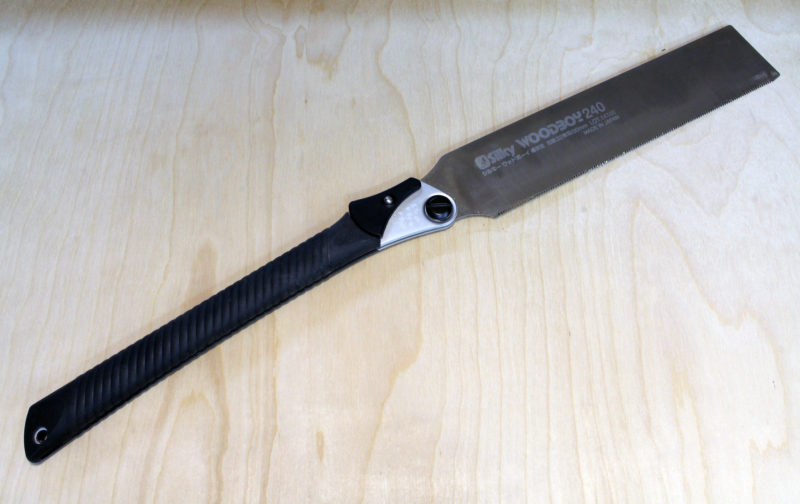 Photographs by the author
Photographs by the authorExtended, the Woodboy is 22″ long. The blade is in the straight position. A second setting angles the blade up from the line of the cutting edge.
The Silky’s Woodbay is an update of the kataba, with modern materials and new features. It’s a folding saw, and in a heartbeat it can go from 22″ long, with its blade extended and its teeth exposed, to 12″ folded, with its cutting edge protected from damage—and your hands protected from its sharp teeth.
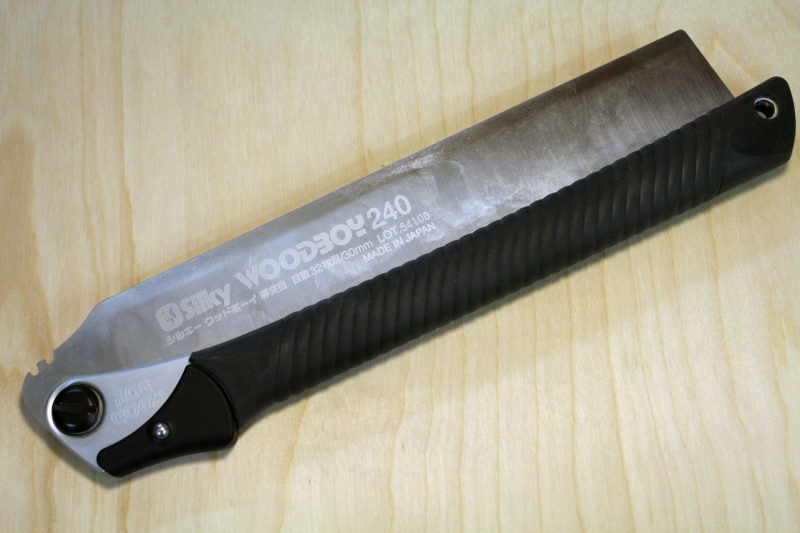
When the saw is folded, the saw easily fits in a pockets and its teeth are well protected.
The Woodboy’s blade is 10″ long and 2-1/8″ wide. A fine, uniform pattern of arcs on the sides indicate that the blade was machined, so I took my digital caliper to it. The back edge is 1/32″ thick and the middle is thinned to 1/64″. At its cutting edge, the blade is 3/128″ thick, so even though there is no set to the teeth, the kerf made by the teeth provides enough clearance for the body of the saw. It won’t bind.
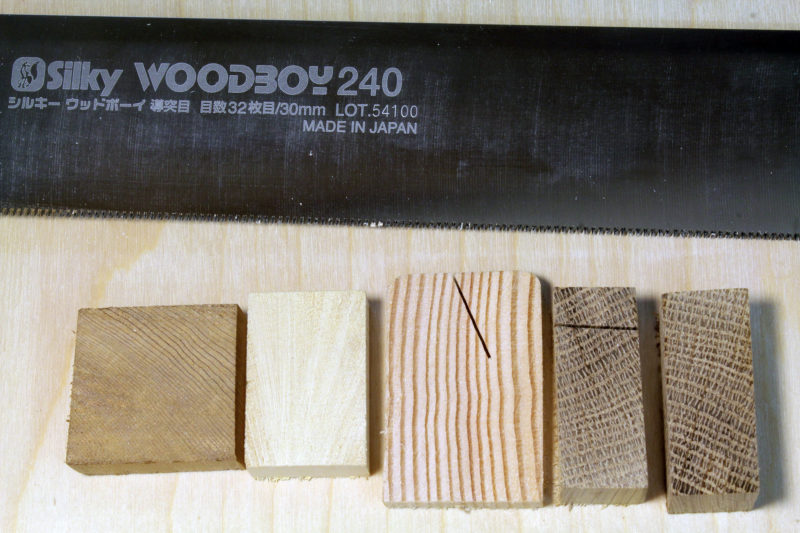
The fine teeth have no set and leave a smooth-sided kerf. The samples here are , from left, western red cedar, Alaskan yellow cedar, Douglas fir, and two pieces of white oak. Two of the pieces have kerfs from rip sawing.
There are 27 teeth per inch and they are shaped in the manner typical of Japanese saws. The gullets create tall, narrow teeth, and a bevel at the top of each tooth create a durable cutting point. The teeth are very sharp. I inadvertently brushed a knuckle across them and they didn’t just scratch me as I would have expected. They drew blood.
The teeth are evidently hardened and are an even match for a file. Neither one easily makes a mark on the other. The hardness of the steel and the diminutive size of the teeth make it impractical to resharpen the saw. Replacement blades are available. Unscrewing the pivot bolt to change blades takes on a few seconds.
The handle is aluminum, and its slot is lined with plastic to protect the saw’s teeth. On the outside of the handle there is a ridged rubber grip that is non-slip and comfortable to hold. A spring-loaded latch holds the saw open in two positions: parallel with the blade and angled up from it. The latter, according to Silky, is to provide clearance for the knuckles when cutting dadoes on wide boards. I may stick with my router and table saw for dadoes.
The saw does beautiful work and cuts quickly and cleanly through hardwoods and softwoods alike whether rip-sawing or cross-cutting. It leaves a very smooth finish with scarcely perceptible scoring and on ash and oak will leave a cross-cut end that is even shiny in places. The flexible blade is perfectly suited to trimming pegs and bungs. Pressing the blade against the wood’s surface with one hand and operating the saw’s slightly raised handle with the other, makes a flush cut without scoring the surrounding area. Folded, the saw fits in an apron or pants pocket so it doesn’t go astray.
My traditional kataba saws have served well for decades, but with the arrival of the Woodboy, it’s time for them to let the new kid take over.![]()
The Woodboy is available from Silky for $66.99. Replacement blades cost $44.99. Other retail and online woodworking stores also carry the Silky line.
Christopher Cunningham is the editor of Small Boats Magazine.
Is there a product that might be useful for boatbuilding, cruising, or shore-side camping that you’d like us to review? Please email your suggestions.
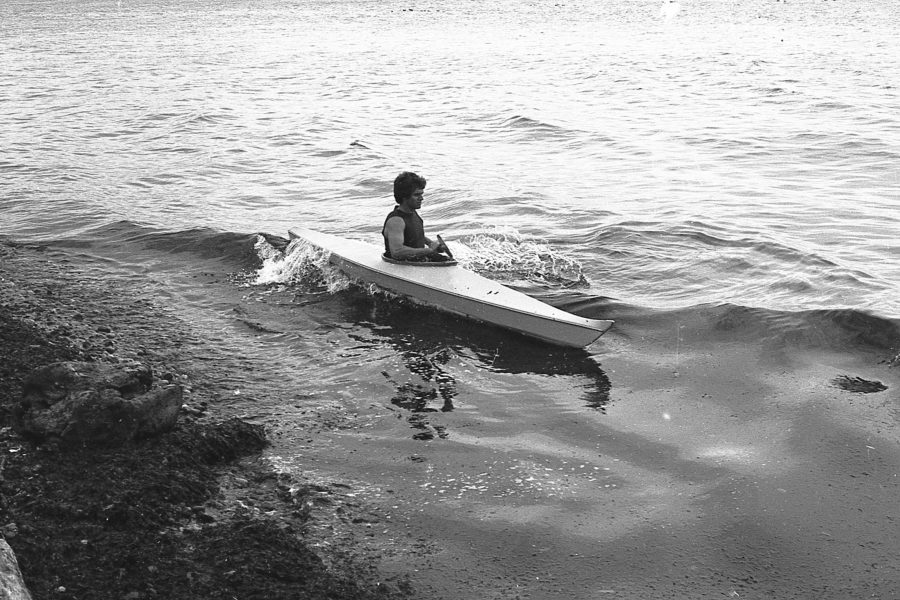
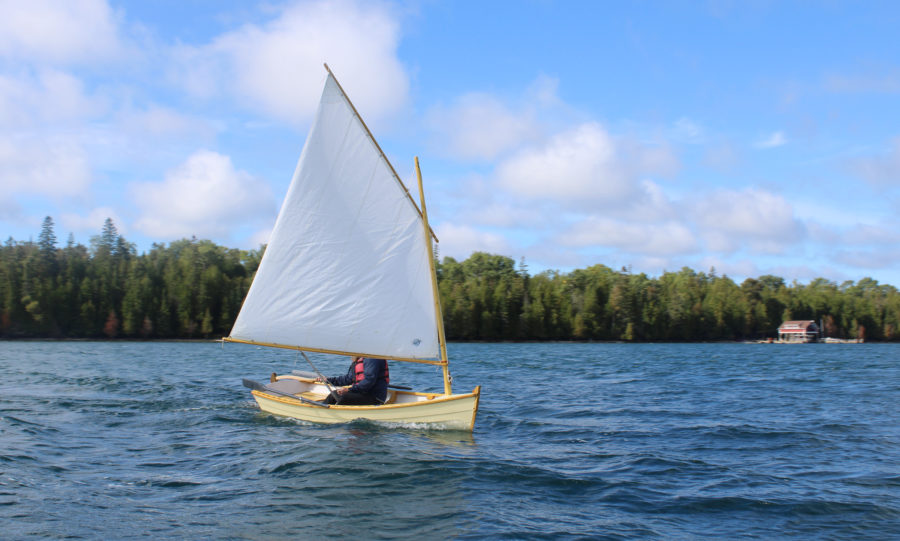
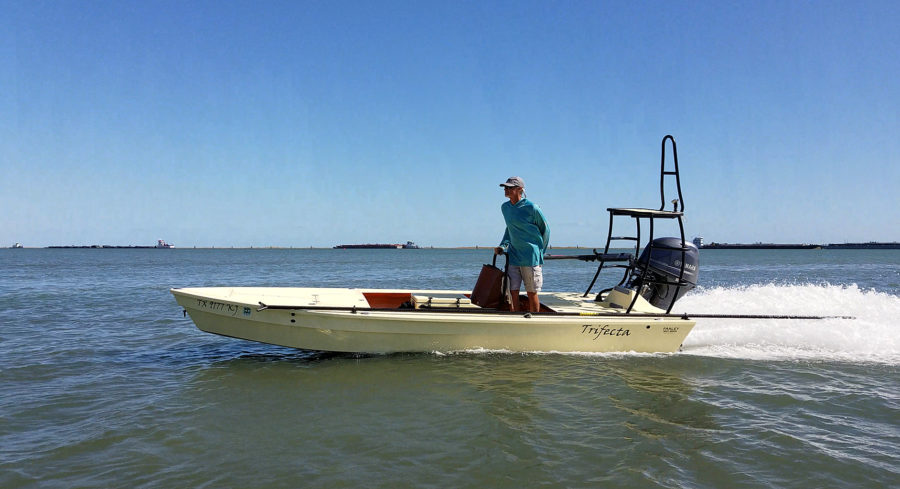

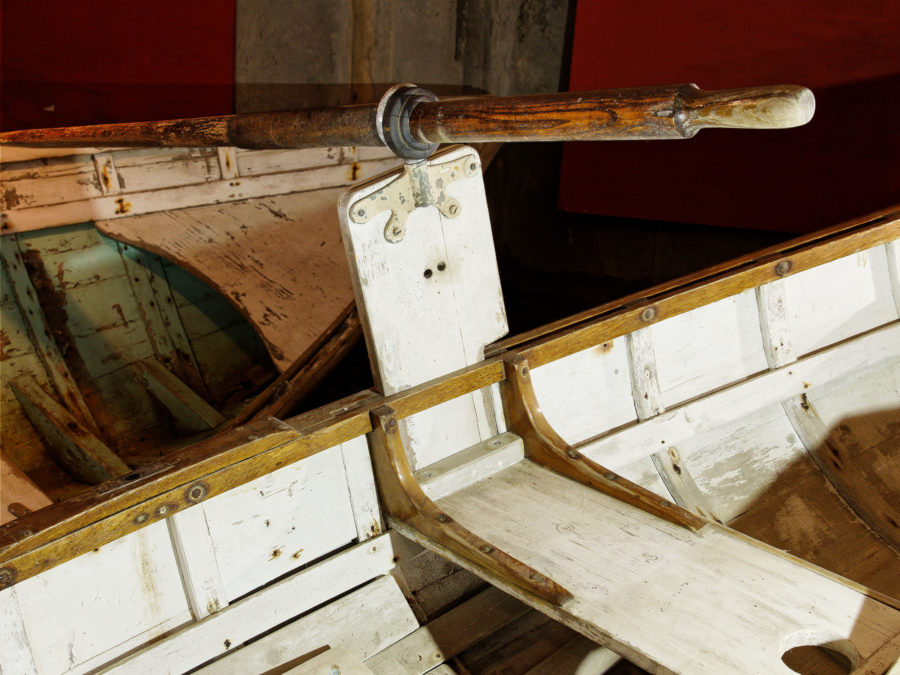
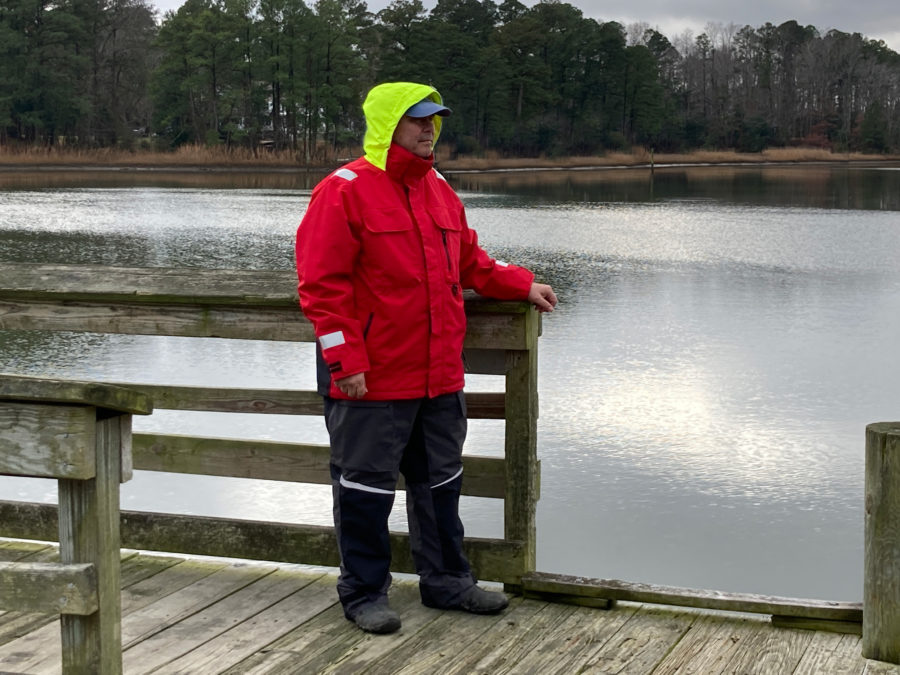
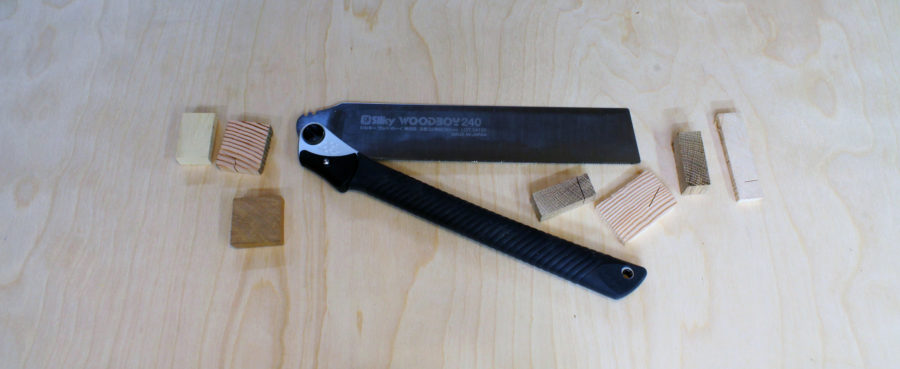

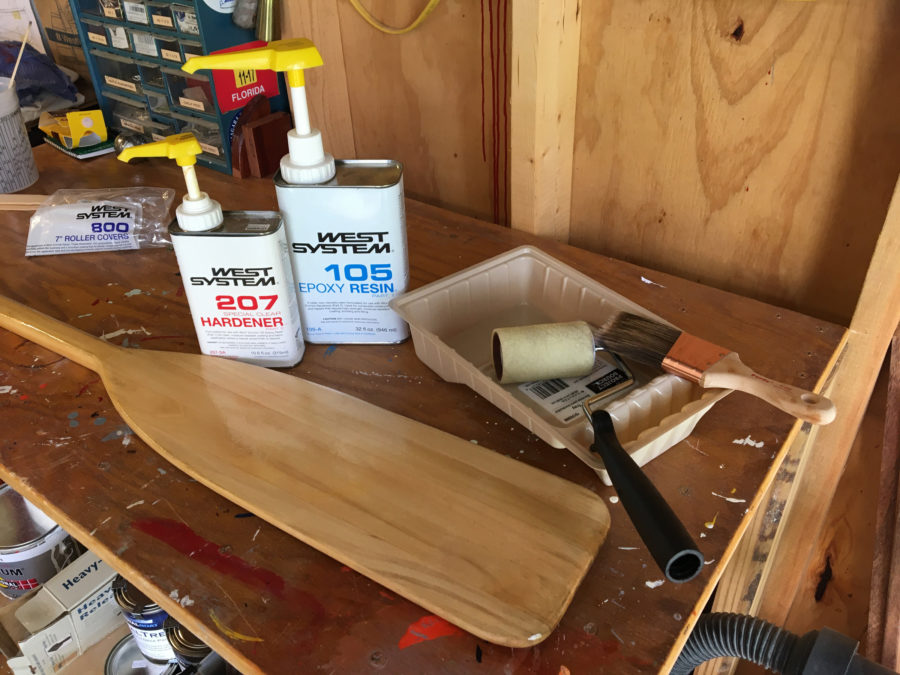
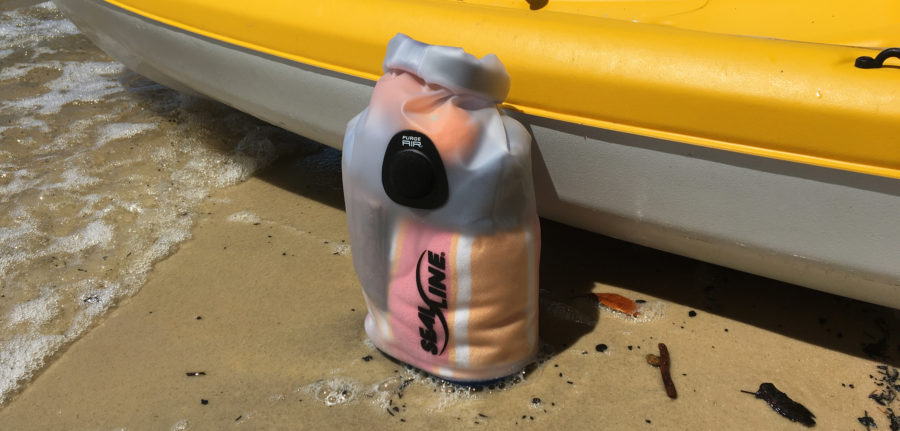
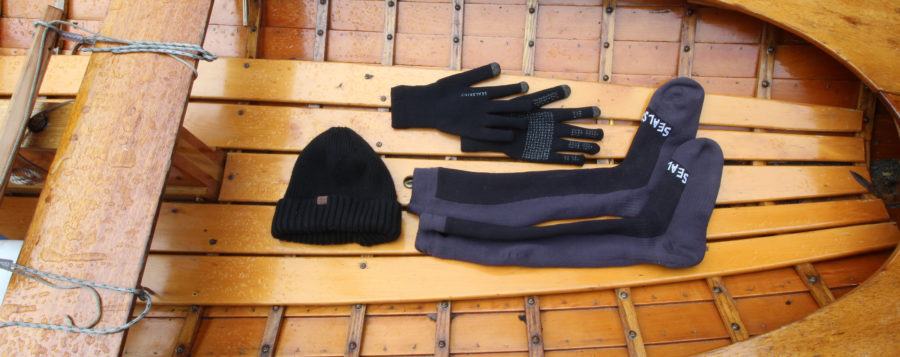

I’m confused. The title of this article refers to “A sturdy hatchet and a fine-toothed saw,” but the word “hatchet” doesn’t ever appear in the body of the article. Help?
That’s my mistake. I have both the saw and the hatchet, and initially thought I’d review both in the same article. I changed my mind when there was enough to say about the saw to fill the usual space for a gear review. I’ll review the hatchet in a future issue. I’ve fixed the subtitle.